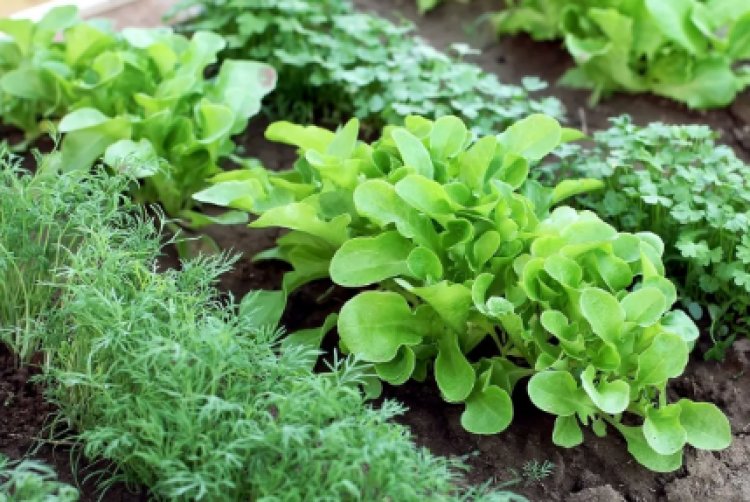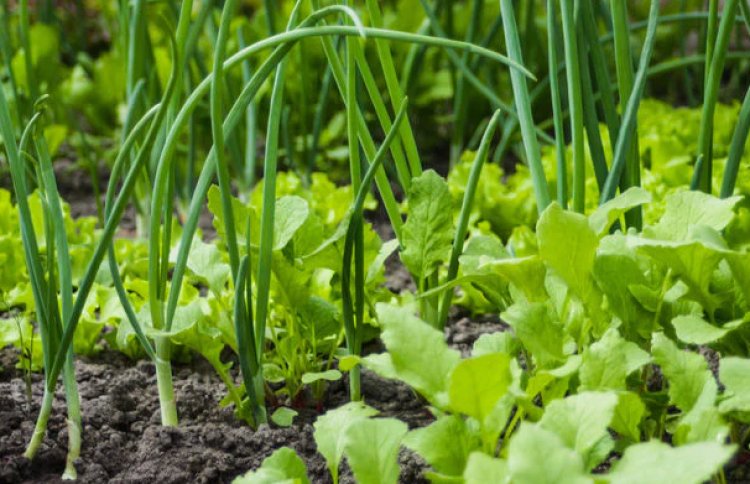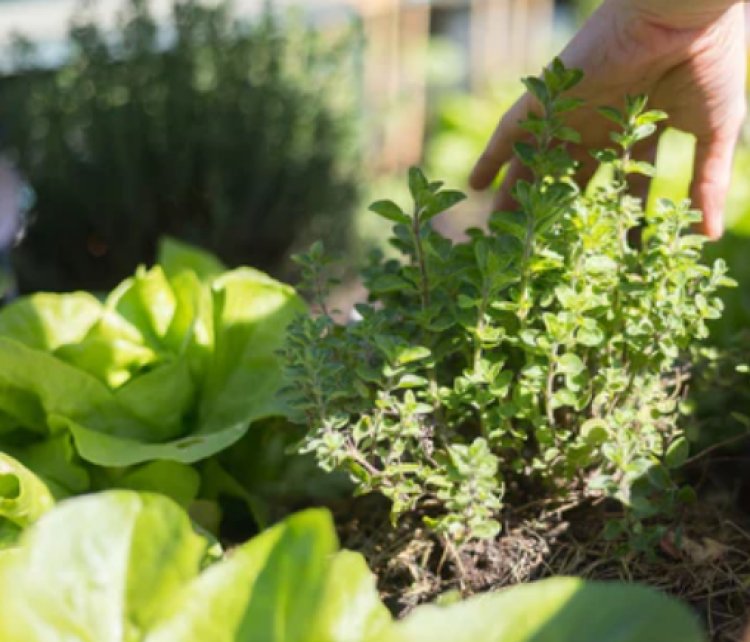How To Practice Companion Planting In Your Garden
First of all, companion planting is a good concept and is not strange at all as it is well known that various plants may coexist and even benefit from one another's growth.

Companion planting is a type of polyculture that involves the practice of cultivating various plant varieties next to one another.
Such plant combinations offer special advantages including warding off pests, supplying soil minerals & nutrients, controlling weeds, and enabling vertical support, among others.
Difference of companion planting and intercropping
Intercropping involves cultivation of two or more crops side by side for a specific period of time. Intercropping is used to address issues brought on by monoculture, whereas sustainable agriculture seeks to create a more biologically varied production environment.
Contrarily, companion planting is based on symbiotic connections between various plants. These connections are intended to, for instance, promote increased insect resistance, more rigorous growth, or flavor enhancement.
Companion planting can be carried out via intercropping techniques when companion planting strategies are integrated into agricultural production systems. In light of this, companion planting might be viewed as a type of intercropping.

Advantages of companion planting
Saves Space
When having a small yard for your garden, one method for getting the variety of plants you wish to grow in your garden is through companion planting. It maximizes effort and is ideal for small gardens.
Prevents Weeds
Companion planting allows you to keep unwanted weeds out as more plants prevents the weeds from absorbing nutrients from the soil. This is advantageous to the plants as they will get more water and nutrients supply enabling them to grow properly.
Prevents soil erosion
If the soil is loose, wind or water can readily impact the garden by sweeping away the top most layer of the soil which is fertile. Soil erosion has a negative impact on the plants and soil fertility. Companion planting thus allows for the soil to stay moist and does not cause soil erosion as the soil is well covered with the plants.

Brings in beneficial insects and pollinators
The majority of the area is occupied by plants when companion planting is used, as a result, it prevents the growth of any pests. It draws beneficial insects and pollinators that will only contribute to the success of your garden.
Regulates shade
Companion planting may successfully manage direct sunlight and prevent the smaller plants from bolting in harsh sun when the tiny plants are planted in the partial shade of the taller plants.
Conclusion
Depending on the soil type in your garden and the weather where you live, there are several plant combinations to pick from. Companion planting necessitates some forethought and a more seasonally focused approach to gardening. A more fruitful vegetable and herb garden is made possible by the practice of growing plants that are mutually helpful together for improved growth.
Here are examples of plants that you can grow together and that you cannot in order to make companion planting easy for you.
Beans can be planted with carrots, cabbage, cauliflower, or cucumbers but not with chives, leek and garlic.
Beets, potatoes, and sages can all be planted with cabbage, but strawberries and tomatoes cannot.


























